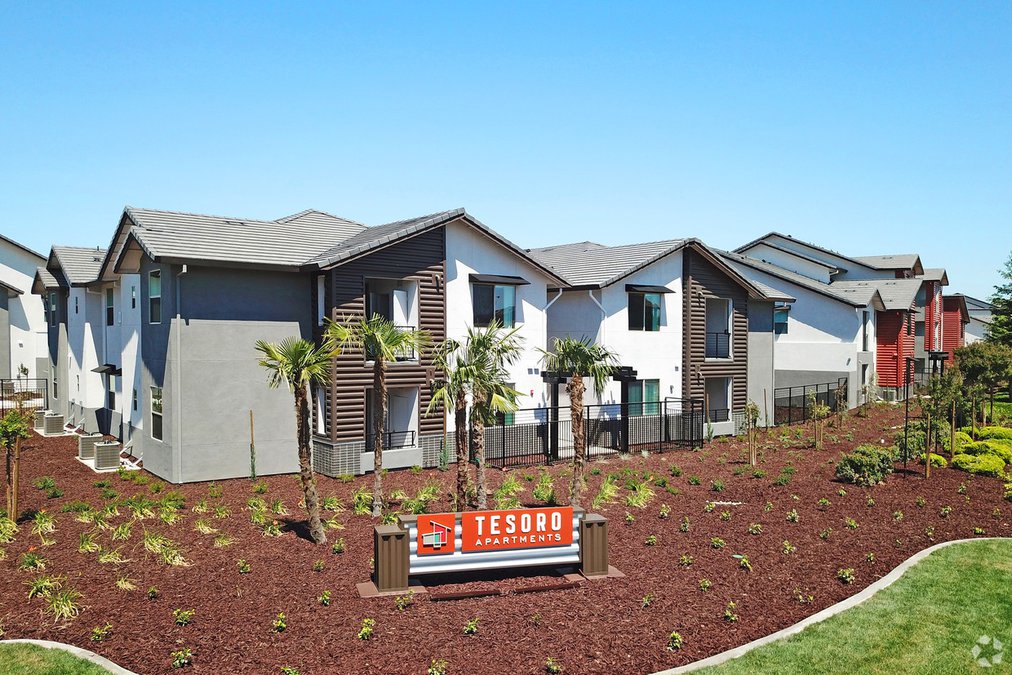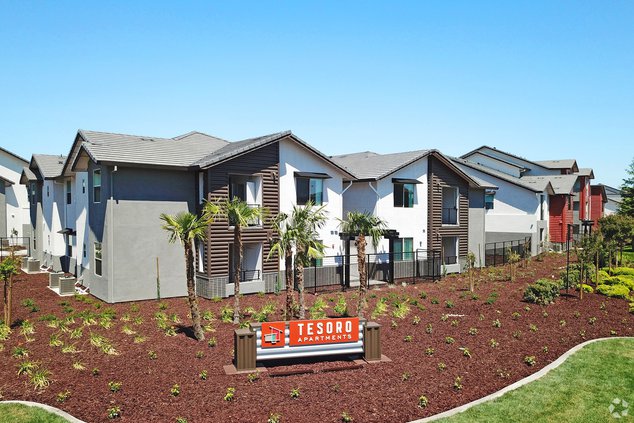You drop by your apartment complex office to pay your rent.
A pleasant employee takes it from you and then hands you a new lease agreement.
In two months your rent is going up $200 to almost $1,500 a month.
Once you recover from sticker shock and figuring out you’ve been slammed with a 16 percent jump for what is by far your most expensive monthly outlay you start to wonder whether you are in a Twilight Zone episode.
The complex you’ve been living in for a number of years is OK but it has a lot of issues the landlord has repeatedly failed to address — broken items in your apartment, the laundry room has issues, and ants seem as if they own the place. There are even touches of black mold around windows.
You can take some comfort — but very little — with the fact new tenants that rent two bedroom apartments like yours are being charged more for the privilege of living in an apartment complex that’s around 50 years old.
You’ve got two months to figure whether you can afford to lock in a 12-month lease costing you $2,400 more a year. Of course no lease means an even higher monthly outlay. A quick look around Manteca makes it clear finding a two bedroom apartment costing less isn’t going to happen. Downsizing to a one bedroom could save you a few dollars, but not much. Actually it’s likely not to save you anything given places such as Laurel Glenn Apartments on Button Avenue are asking — and getting — $1,525 for a one bedroom unit. And that’s a bargain compared to the city’s newest complex known as Tesoro at Atherton Drive and Van Ryn Avenue that are commanding $1,650 for a one bedroom apartment.
The renter I’m referring to that just found out it will cost them $2,400 more a year to simply keep a roof over their head — black mold and ignored fix-it items included — doesn’t want their name used. Retribution isn’t the issue as much as the cold hard truth: They don’t want to burn bridges because $1,500 a month might indeed be the best they can do in a bid to stay in Manteca.
There are a lot of forces at work that are keeping apartment prices high and headed higher.
Part of it is supply and demand. Manteca has about 50 percent less high density housing such as apartments, duplexes, townhouses, and condos proportionally of overall housing stock than the state average. That is little comfort given in areas that have twice to three times the percentage of high density housing such as the Santa Clara Valley, rents are more than double what they are in Manteca. It will take a lot more apartment complexes than what are likely to get built over the next decade to bring rent hikes under control.
That explains why apartment renters are following homebuyers and home renters east over the Altamont Pass to find shelter in Manteca.
Building more apartments than we are even to simply slow down the rate of rent increases based on demand far outstripping supply is not going to happen anytime soon. Besides a prolonged review and approval process for large apartment complexes that can stretch into four to five years from concept to construction, there is the issue of affordability. Once you factor in fees, it costs roughly the same in Manteca to build a 1,400-square-foot house as it does an apartment unit.
Banks that are averse to risky loans are attracted to those builders that own the land meaning it doesn’t have a debt load or else they’ve held onto it so long if there is a debt service it does not increase the risk of making a $30 million or so loan it takes to construct roughly 150 apartments.
Lenders also make sure what is built is viable. It is why the 428-unit Valencia Place apartments being pursued east of Bass Pro Shops along Atherton Drive has so many studio units (42 or a 10th of the overall number) and two bedrooms and two bathrooms units (222 or more than half of all apartments). That’s because banks track borrowing and operational data involving apartment complexes that shows well over 80 percent of two bedrooms and two bathrooms units are rented by either two unrelated individuals that are not in a relationship or a small but growing number of two couples or one couple and an individual. Both the studios and two bedrooms with two bathrooms units are the “affordable” housing answer that is working.
Treating two bedrooms with two bathrooms units as essentially two apartments with joint living spaces the cost in Manteca’s second most expensive complex — Paseo Villas — drops to $930 per renter. That compares to $1,615 for a one bedroom unit option in the same complex or $1,150 for a studio unit at Westwood Village on Center Street at Union Road.
Most of those caught up in the rent tsunami are people you’d define as the middle class in Manteca and perhaps even the upper working class in terms of income.
Some — and many are — are pouncing on lower tier apartments that rent for less when they become available. With better income and typically better credit they are more attractive renters than what those units would normally attract. That in turn lessens the supply of apartments for people who are working class.
And if they are unable to find someone to share costs with such as a roommate, they have one foot out the door and into the world of being homeless.
The Manteca City Council is working hard to put in place a solution to get people off the street by an endeavor where they learn to feed and shelter themselves.
A bigger crisis arguably is those being pushed to the “about to become homeless” state of being where its not one paycheck away from the street but more aptly one rent increase away.
If you doubt that what would a $200 a month increase in your housing cost do to your bottom line? It will at least crimp your lifestyle, put a big dent in it, or make it a “total” wreck.
One of the best answers to affordable housing that Manteca leaders could pursue is establishing a robust local “clearing house” whether it is an app or some other measure working perhaps with the San Joaquin County Housing Authority to keep everything on the up and up that focuses 100 percent on bringing local parties together as possible roommates.
The city could also aggressively encourage secondary units such as the so-called granny flats or full-throttle garage conversions that create separate, defined living spaces building on what is in place. It gains economies of scale much like those that share a two bedroom apartment that has bathrooms attached to each bedroom.
You can talk all you want about inclusionary zoning plus write whatever you wish into a state mandated housing element but it is going to have little or no impact for two reasons.
As Mayor Ben Cantu is known to point out, Manteca has done nothing except talk about such affordable housing strategies for decades. They may have them incorporated into housing element goals but the city has done nothing to bring them to life.
And even if you did implement such strategies and have duplexes on corner lots in new subdivisions as well as take other steps, it would barely put a dent in the growing crisis that is pushing more and more people toward homeless status.





